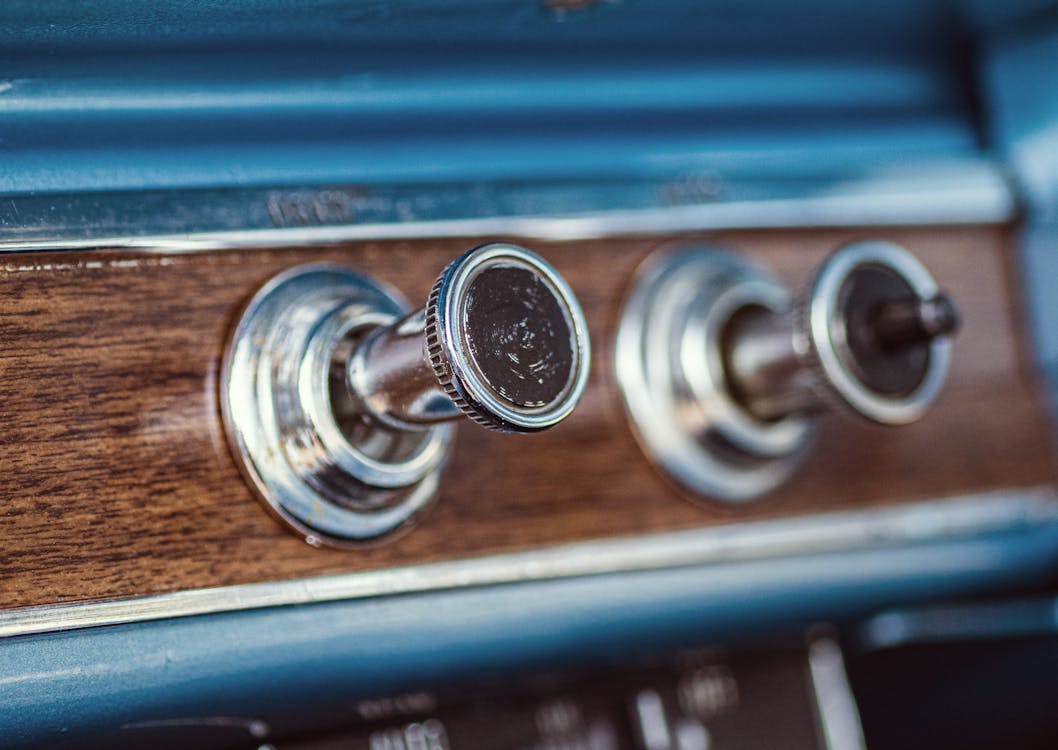
For the past decade, cars and truck insides have actually been rapidly advancing towards streamlined, screen-dominated control panels. Touchscreens changed conventional knobs, sliders, and switches in what several presumed was the unpreventable march of progress. Yet, in an unexpected twist, physical buttons are quietly making their way back into contemporary lorries. The change signals more than simply a nostalgic nod-- it's a reaction to real-world comments from motorists yearning simplicity, security, and tactile fulfillment.
The Digital Overload Dilemma
When touchscreens first started taking over dashboards, they felt like the future: tidy, adjustable, and packed with functions. They removed mess and enabled automakers to simplify their insides with less physical elements. However as even more attributes were hidden within digital food selections, vehicle drivers started to articulate issues.
Touchscreens typically need multiple actions to carry out basic tasks like readjusting the climate or altering the radio terminal. Unlike switches, they do not have the intuitive muscle mass memory that permits a chauffeur to transform a setup without taking their eyes off the roadway. With so much happening on-screen, it becomes all as well easy to obtain distracted-- something no person wants when taking a trip at freeway rates.
The Return of Tactile Functionality
One of the biggest benefits of buttons is their tactile responses. You can feel them without requiring to look. This sensory support makes them not just practical yet more secure for chauffeurs. When your hand intuitively recognizes where the quantity handle is or just how much to press a switch to trigger the defrost, it decreases the demand to glimpse down or away from the road. And while touchscreens offer ease for infotainment and navigation, the vital everyday functions-- like threat lights, audio controls, and HVAC-- feel far better fit to physical controls.
As a matter of fact, many motorists who previously spoke highly of electronic systems have actually shared appreciation for more recent models that blend modern appearances with the sensible feeling of typical controls. It's not about denying innovation-- it's about enhancing functionality.
A Balanced Design Philosophy
Designers have noticed this changing view. As opposed to abandoning screens, they're reconsidering how they're integrated. The very best interiors now strike an equilibrium in between digital flexibility and analog accuracy. That indicates purposefully positioning buttons for necessary functions while utilizing electronic interfaces for apps, navigating, and media.
This hybrid method is specifically preferred in cars created for long-distance driving or families. The simplicity of pressing a switch without screwing up through a menu makes a large distinction when you're trying to remain concentrated, comfortable, and risk-free. Even in automobiles known for cutting-edge technology, an easy rotating dial or tactile control can be the attribute that sways chauffeurs searching for thoughtful design.
Buttons and the Emotional Connection
There's additionally something distinctively emotional concerning switches. They bring a certain degree of engagement that touchscreens simply do not duplicate. Pushing a switch or turning a dial seems like you're physically engaging with your automobile-- it includes a layer of connection that makes the driving experience a lot more enjoyable.
For those thinking about used Chevy cars, vehicles from current years commonly provide the best of both worlds: responsive touch interfaces coupled with traditional physical controls. These versions bridge the gap between development and knowledge, making them excellent for motorists that appreciate modern-day attributes without sacrificing simplicity of use.
Technology Isn't Just About Screens
It's simple to merge modern technology with screens, but true technology means improving the motorist experience. In this light, switches are a form of smart design. They're fast, precise, and don't demand interest. As auto design ends up being significantly driver-centric, benefit and intuition take center stage.
This also ties straight right into the resale and trade-in value of lorries. Autos that focus on user-friendly attributes often tend to mature far better in the eyes of future purchasers. If you're taking into consideration a Chevrolet trade in, recognizing that your current vehicle uses a thoughtfully designed interior, total with conveniently accessible controls, can have a favorable impact.
The Future Is Functional
As auto producers re-evaluate the duty of interfaces in the cabin, they're assisted by driver responses and real-world use research studies. The resurgence of switches doesn't signify a go back to the past-- it's an advance in thoughtful, user-first style. It acknowledges that progression does not always indicate removing the old but incorporating it in a way that makes driving safer, less complex, and much more delightful.
If you're in the marketplace and checking out Chevy new car deals, keep an eye on exactly how various versions handle their interior controls. It's not almost the touchscreen size-- you can look here it's regarding how the car aids you stay concentrated on the roadway while making your daily commute extra instinctive. Buttons could not be the flashiest function, however they're rapidly turning into one of the most appreciated.
For even more insights right into automotive patterns, interior design developments, and wise vehicle purchasing suggestions, make certain to check back routinely. We're constantly upgrading the blog site with fresh concepts to aid you navigate the roadway in advance.